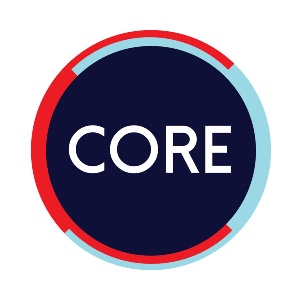Page History
Versions Compared
Key
- This line was added.
- This line was removed.
- Formatting was changed.
| Excerpt | |||||||||||||
|---|---|---|---|---|---|---|---|---|---|---|---|---|---|
|
| UI Text Box | ||
|---|---|---|
| ||
Curtin UniversityMaintenance planning and scheduling is critical in any business and having an effective schedule will bring a range of benefits to the company. Therefore, having a scheduling optimisation model which can partially automate the scheduling process and reduce the errors becomes more and more important, especially in dynamic organisations. In general, building an optimisation scheduling model involves two key steps: (1) creating a realistic mathematical model to represent the scheduling problem; and (2) developing an algorithm to solve the designed model. There are some effective algorithms which can solve a wide range of optimisation problems, but the dimensionality is normally a big challenge. Therefore, customising or designing good solution methods is always a critical step in optimisation. Not only does the designed algorithm need to provide good solutions, but also, we need to ensure the stability in terms of speed to be able to update the model when new data becomes available. In this master class, we will take you through how to build a good scheduling model and several solution methods to tackle the dimensionality. No prerequisites required, however participants will get more out of the practical session if they are familiar with coding in Python and IBM CPLEX as these will be used to solve mixed integer linear programming models.
The software can be found here: https://www.ibm.com/products/ilog-cplex-optimization-studio
The free edition version can be used to test the models developed in the class if you cannot obtain the licence for the software. |







